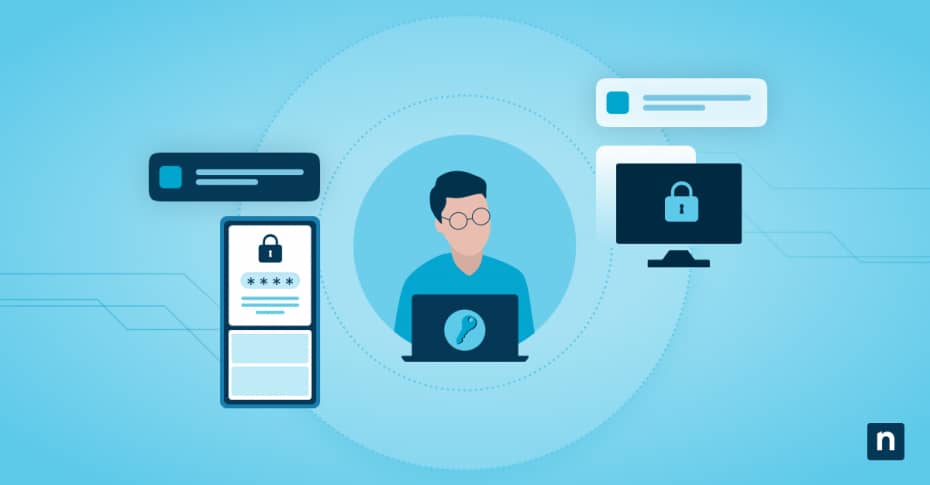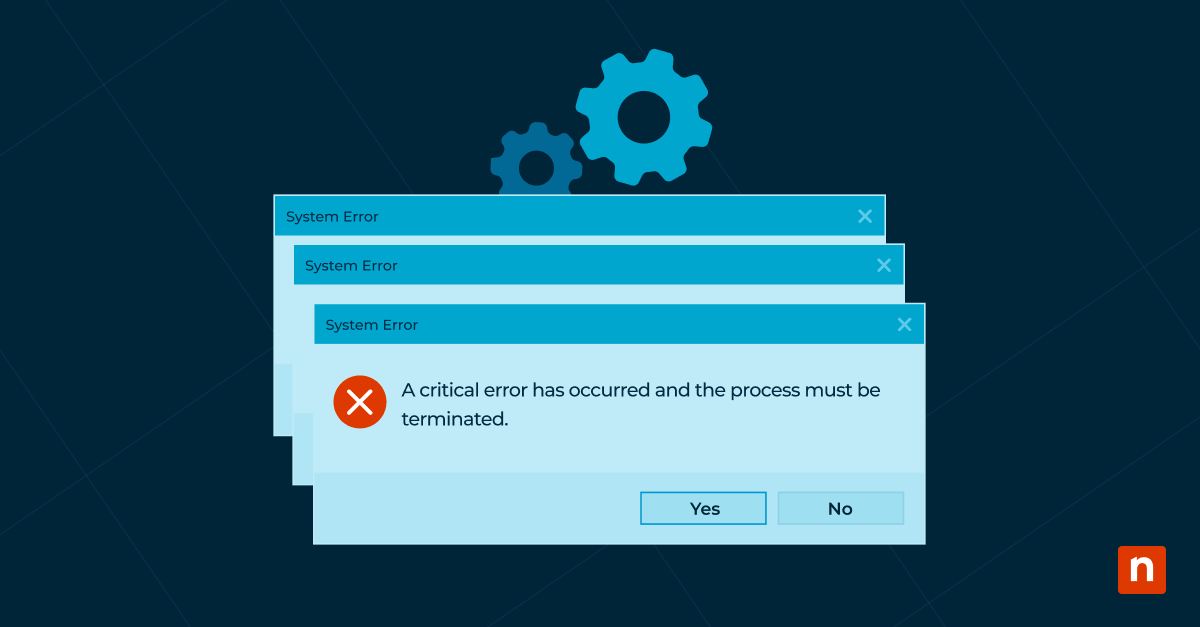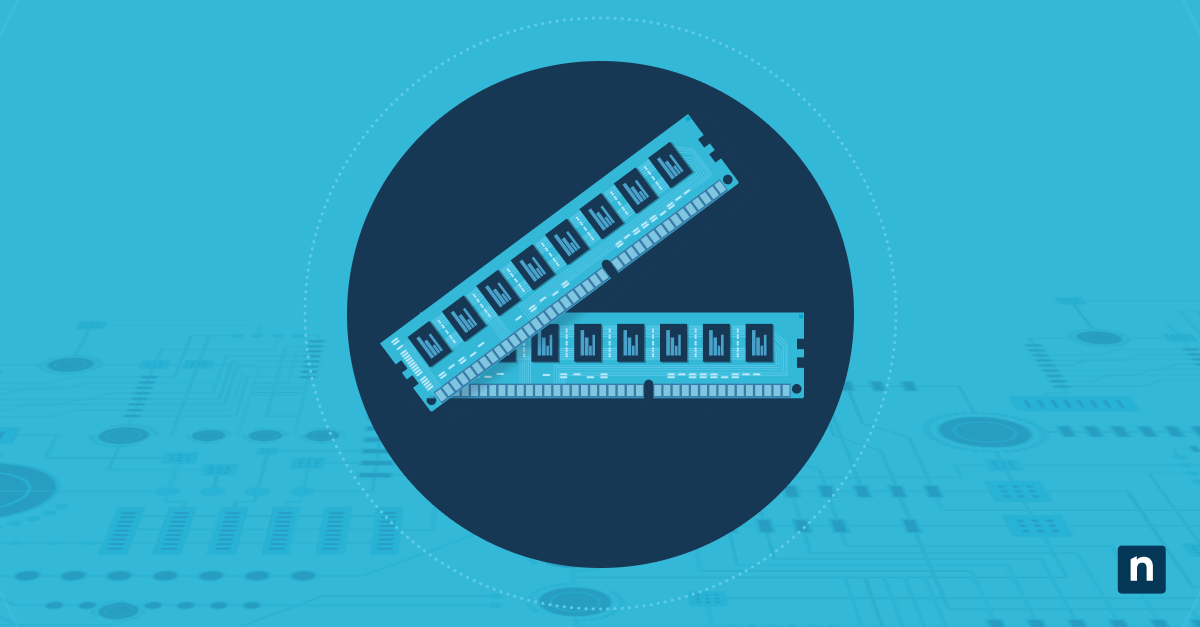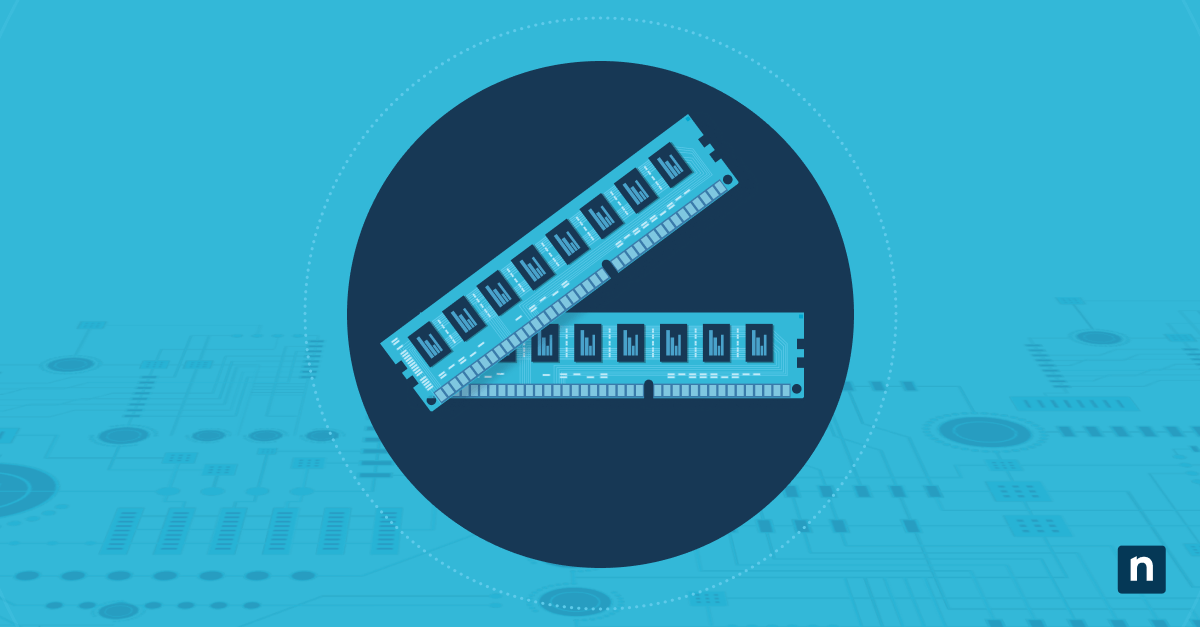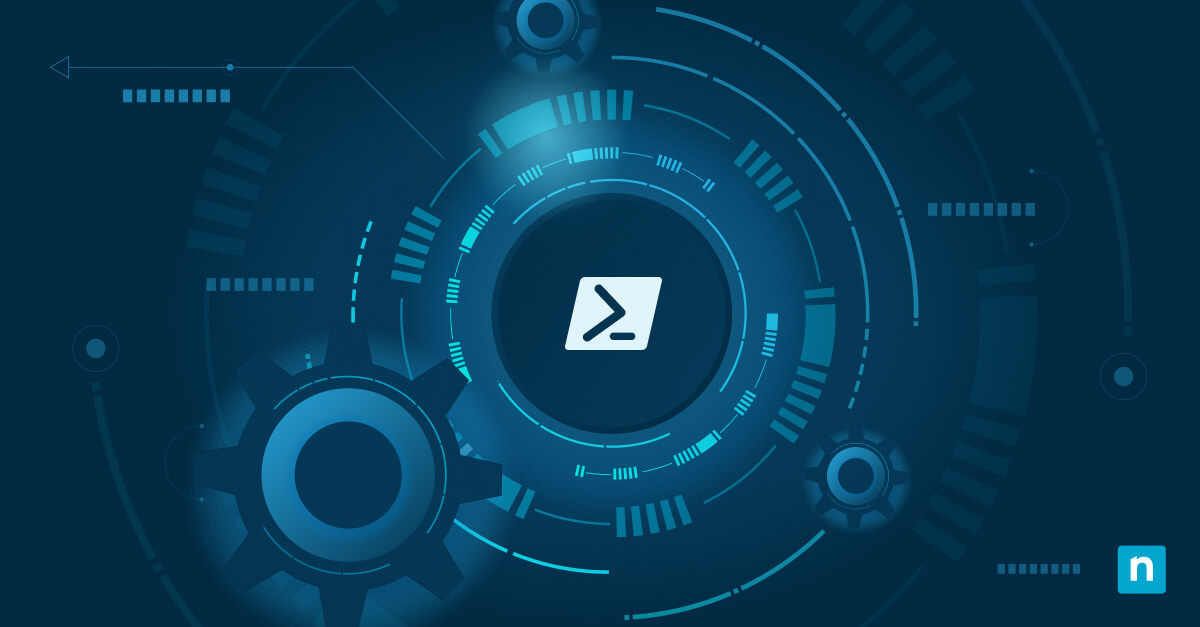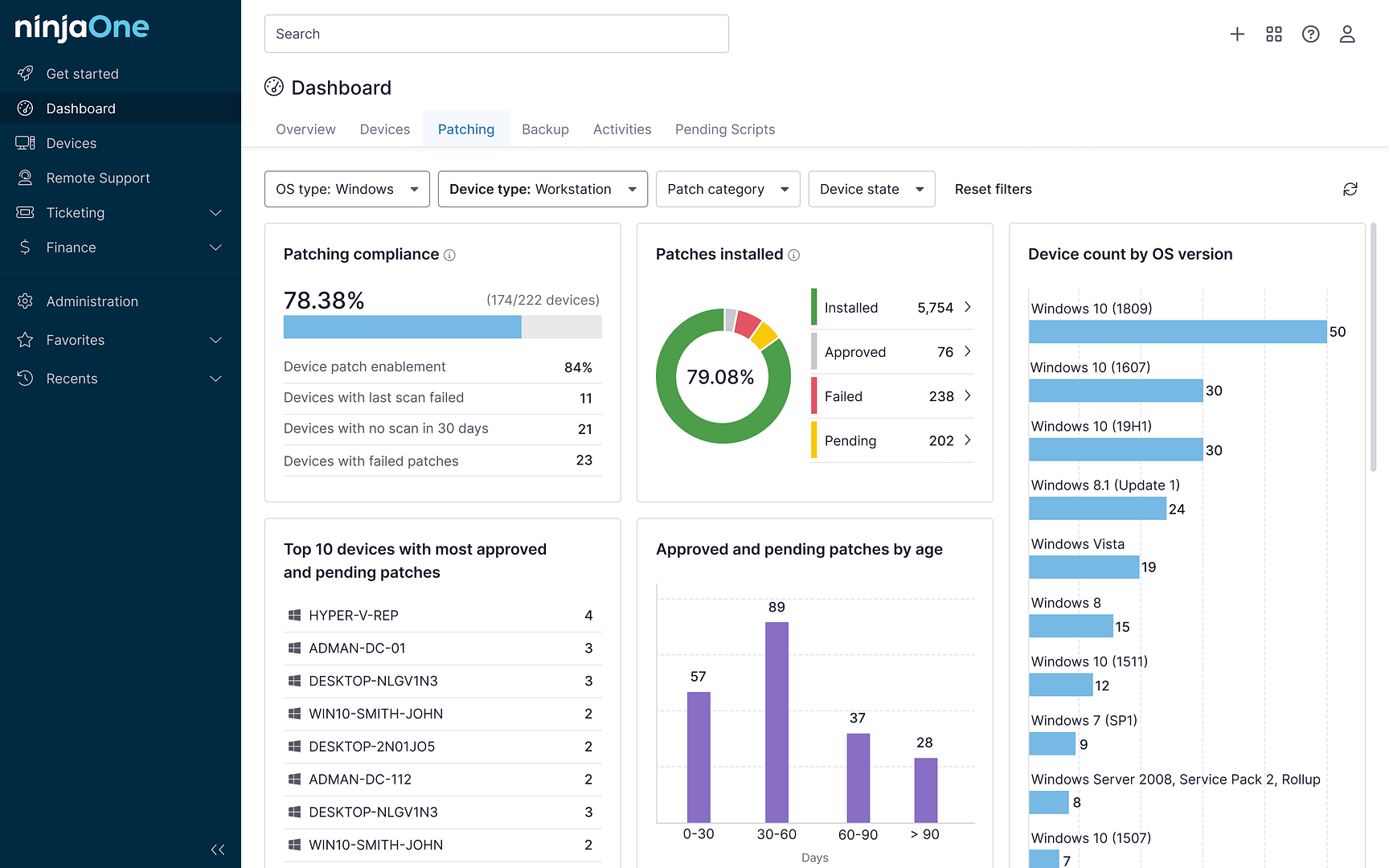Credential management is a security practice that secures and protects all types of credentials (such as passwords, certificates, and keys) within an organization. It identifies and authenticates users who can access specific information, ensuring that sensitive and mission-critical data are always protected. That said, credential management also encompasses proactive strategies, including modern authentication, regular employee education on password hygiene, and the continual research of various tools to defend credentials from unauthorized use.
It is undeniable that credential management plays a vital role in any organization. Yet, you may still need clarification on what it is or how to use it in your specific company.
That’s where this article comes in. In this guide, we’ll be going over the basics of credential management, exploring its definition and benefits, and providing you with the best practices to keep your organization safe.
NinjaOne’s Credential Exchange allows you to run scripts on Windows or Mac using any custom credentials.
Try it today by scheduling your 14-day free trial or watching this free demo.
What is credential management?
Credential management covers various strategies, policies, and technologies that secure digital login credentials – but it’s not only used to protect your assets from external viewers. These credentials also determine who gains access to which organizational resource. This is especially important if you are a larger organization: Not all employees should be given full access to your entire company’s data.
There are five primary types of credentials to take note of:
- Passwords. These passphrases are a complex combination of letters, numbers, and characters of a specific length. Passwords are usually paired with a particular username to enable login.
- Certificates. These are digital documents issued by a certification authority to validate the user’s identity.
- Tokens. These are encrypted strings of characters that enable a user’s access privileges throughout an active session.
- Keys. These are encrypted, computer-generated strings of random numbers, letters, and characters to authenticate user identity. One of the most common types of keys is the SSH key.
- MFA. Multi-factor authentication is a security method that requires the user to provide two or more verification factors to gain access to a specific resource.
How is credential management implemented?
Credential management is usually implemented by specialized software known as a credential management system or credential manager. This software usually provides a centralized management system that IT teams use to house all the credentials of their IT network.
Choosing the best credentialing software can become complicated if you do not know what to look for. One good tip would be to look for software that assigns privileged credentials to specific organizations, devices, and various individual management tasks. For example, NinjaOne’s Credential Exchange provides a more seamless, reliable, and secure way of running scripts, installing patches, and establishing remote connection sessions while keeping your credentials safe and secure.
Why credential management is important
According to Cybersecurity Ventures, global cybercrime is expected to grow by 15% this year, reaching $10.5 trillion lost annually by 2025. While credential management cannot entirely eliminate this risk, it plays a crucial role in any security strategy.
A great way to think about it is likening credentials to the digital equivalent of physical keys. Just as you would take particular care to safeguard your keys to your home and car from criminals, your organization must ensure that your users’ login credentials don’t fall into the wrong hands.
Credentials are the main target for hackers who want to gain access to your IT network and wreak havoc. Let’s take a look at some numbers:
- 49% of all cyber-attacks are from credential theft. (Ponemon Institute, State of AI in Cybersecurity Report 2024)
- 68% of breaches involved a non-malicious human element, such as clicking the wrong email or being a victim of email phishing. (Verizon, Data Breach Investigations Report 2024)
- 59% of organizations do not revoke credentials when appropriate. (Ponemon Institute, The state of cybersecurity and third-party remote access risk)
- Malware infections are rising for businesses and consumers for the first time in years, with a 1.86% and 3.01% increase, respectively, in just one year alone. (Webroot, OpenText 2024 Threat Perspective)
It’s worth noting that experts agree that credential threat will only increase in the next few years, especially as more companies adopt a BYOD policy and transition to remote or hybrid workforces.
A credential management system minimizes these risks by:
- Storing and organizing all credentials in your IT environment.
- Eliminating manual credential management.
- Tracking credentials and permissions even as users switch their roles.
- Preventing users from accessing information they do not need.
- Deprovisioning unused accounts and then reassigning them to new employees.
Benefits of credential management
Having robust credentialing software offers several benefits, including:
- Protecting critical data. By securing your credentials, your organization can prevent data breaches and ensure that only authorized users can access specific information. This is vital, considering 75% of cyber attacks were malware-free, and there was a 20% increase in access broker ads on the dark web (CrowdStrike 2024 Global Threat Report).
- Ensuring regulatory compliance. Noncompliance with various regulatory protocols, such as the GDPR and HIPAA, can cost your organization $220,000 more than a data breach alone (IBM’s Cost of Data Breach Report 2023). A credential manager ensures compliance by centralizing login credentials, reducing any risk of noncompliance penalties.
- Minimizing secrets sprawl. Secret sprawls are the unwanted distribution of secrets across multiple platforms and machines. A credential manager may reduce this risk by making it more difficult for credentials to be scattered. Consider this as a new study shows a 28% increase in leaked secrets. (GitGuardian The State of Secrets Sprawl 2024).
NinjaOne’s Credential Exchange provides you with seamless one-click connection to all your devices with RDP.
Start your 14-day free trial or watch this free demo of NinjaOne.
Challenges of credential management
Credential theft remains a significant security threat. Over 88% of all data breaches are caused by human error (Tessian, Psychology of Human Error 2022), with experts estimating this number to increase in the next few years.
Modern cybercriminals are constantly looking for ways to steal credentials through various means, such as malware, ransomware, and other common types of cyber attacks. It is essential to build a culture of security in your organization and reduce the risks that may come with credential management, including:
- Poor password management. This can range from creating weak passwords (such as 12345, Password, or Qwerty123, according to Norton) to poor password storage practices (like writing them down on a sticky note or a random piece of paper).
- Inactive accounts. It is crucial that your IT admins decommission zombie accounts that belonged to former employees, interns, or contractors.
- Over-provisioning. Avoid granting privileged accounts with excessive access or providing employees with much higher access than they need. It’s a good idea to regularly check your credentials to see if each user has the appropriate credentials for their position.
- Credential sharing. Though rarely done maliciously, credential sharing should never be done, even if it is only meant to be temporary. Teach your team members to keep their credentials safe and never share them, regardless of the reason.
10 credential management best practices
Let’s now look at the 10 credential management best practices to foster a better security-minded culture in your organization.
1. Set up MFA
Whenever possible, set up an MFA for all your endpoint devices. If you use remote monitoring and management software, ask your vendor about their MFA and 2FA capabilities. Also, consider if your RMM provider transitions its MFA capabilities seamlessly and automatically into your current system or if you need to configure them manually.
2. Create strong passwords
Avoid using simple passwords that can be easily guessed by a hacker. An expert tip would be to create a complex string that is notable to you but no one else. For example, “Cheeseburger T-rex” can be written as “cHe3s3burGerTREx!” or any other variation you prefer. You would easily remember this random passphrase, but it would be tough for a hacker to guess.
3. Follow secure onboarding/offboarding processes
Look for a vendor known for their secure onboarding and offboarding processes, and encourage your team members to follow them strictly. This is especially important if you hire many short-term contractors or interns.
4. Try temporary security credentials
If possible, configure temporary security credentials that will expire automatically after a predetermined time. This reduces the need to track all credentials manually and minimizes the risk of users having more access than appropriate.
5. Partner with IdPs
Work with third-party identity providers (IdPs) to help you quickly manage identity information and provide authentication services. Also, consider working with a vendor that integrates with leading SSOs, such as NinjaOne.
6. Notify admins of any redundant or excessive privileges
All team members play a role in ensuring proper security hygiene. Empower your team to notify your IT admins of any user with multiple or excessive privileges beyond their rank.
7. Avoid using the same passwords for multiple accounts
Using the same password for various accounts is tempting, especially if you have a terrible memory. Nevertheless, encourage your team members to provide unique credentials for every login.
8. Never share credentials
Sometimes, your team members may feel forced to share their credentials with others if they are sick or need to access specific information. That said, sharing credentials for whatever reason is never a good idea. Your employee may have access to that data for that day, but the risk far outweighs any benefits that may be received.
9. Perform regular security audits
You don’t know what you don’t know. Regular audits ensure that your credential management is working as it should and help you determine any gaps that need to be filled. Team members should also be empowered to notify IT admins of any noticed discrepancies.
10. Log all privileged sessions using real-time monitoring
Log, audit, and track all privileged sessions using real-time monitoring as needed. This is especially important if you are a larger organization with multiple high-level users.
How NinjaOne helps IT teams with credential management
NinjaOne’s Credential Exchange is a powerful credentialing software solution providing enterprise-level access to IT companies worldwide. Aside from safely securing and managing credentials, it also offers seamless and secure access to client machines without interrupting users and gives users the highest level of privileges for patching with domain admin credential selection.
Get started today by scheduling your 14-day free trial or watching this free demo.

